Santiago de Chile, or simply Santiago, is the capital of Chile as well as its largest city, economic center, and vastly growing metropolis. Though it has had residents since as early as 10,000 BC, it was not officially founded until 1541 by Spanish Conquistador Francisco Pizarro González, known for conquering the Inca empire. Decades later, the Metropolitan Cathedral of Santiago, Plaza Mayor, and La Moneda (Presidential Palace of today) were laid out and Colonial Santiago was born, giving rise to the metropolis’s earliest architectural styles.
Throughout the rest of the 19th century Santiago would expand as artists, designers, and engineers crafted the city with parks, roads, railway networks, and new structures. In turn, the manufacturing economy shifted from its neighbor Valpairso to the Capital and the population rose rapidly as the city moved into the 20th century, holding 13% of Chile’s population in the 1920s.
The city’s growth culminated in 2012 with the Gran Torre Santiago, the largest skyscraper in Latin America at 64-stories and an iconic symbol of the Capital. Today, the city has reached more than 6 million residents.
But who is Santiago?
Santiago is a city that has withstood natural disasters, civil war, and a population explosion like no other to become Chile’s premiere metropolis, one of the most prosperous cities in Latin America, and a cultural center of European and Latin American influence. Rich in economics, culture, and history, Santiago de Chile is, without a doubt, the next major destination for world travelers.
Getting to Santiago
Santiago rests in the central valley of Chile at an elevation of 520 m (1,706 ft). It is just west of the Andes and an hour and a half from Chile’s chief port, Valparaiso. Set in Maipo Valley, Santiago is surrounded by the finest wineries in South America.
If you’re traveling by air, you’ll be flying into Comodoro Arturo Merino Benitez International Airport, aka Santiago International Airport (SCL), via LAN Airlines, Sky Airline, One Airlines, Aerocardal, or PAL Airlines. As an added bonus, SCL is also the only airport in Latin America that offers flights to Australia and New Zealand, with nonstop flights to Sydney via Quantos and nonstop flights to Auckland via LAN Airlines.
But if you’re more of a rail person, Estacion Central will be your gateway station, having lines running to the Chilean cities of Rancagua, San Fernando, Talca, Linares and Chillan, as well as Peru and Bolivia. Currently there are no lines to Argentina, however there are plans to reopen a connection. Bus is another option, and you can board one at Estacion Central at the Terminal San Borja for most destinations in Chile.
One could also take a bus or tour from Mendoza to Santiago (and vise versa) for as low as USD 26, leading travelers on winding highways through the Andes. With towering mountains and gorgeous rivers on either side, you’ll enjoy the most scenic journey between Chile and Argentina. You will need to pay a reciprocity fee and may need a visa, so check with both embassies before making the trip.
Weather in Santiago
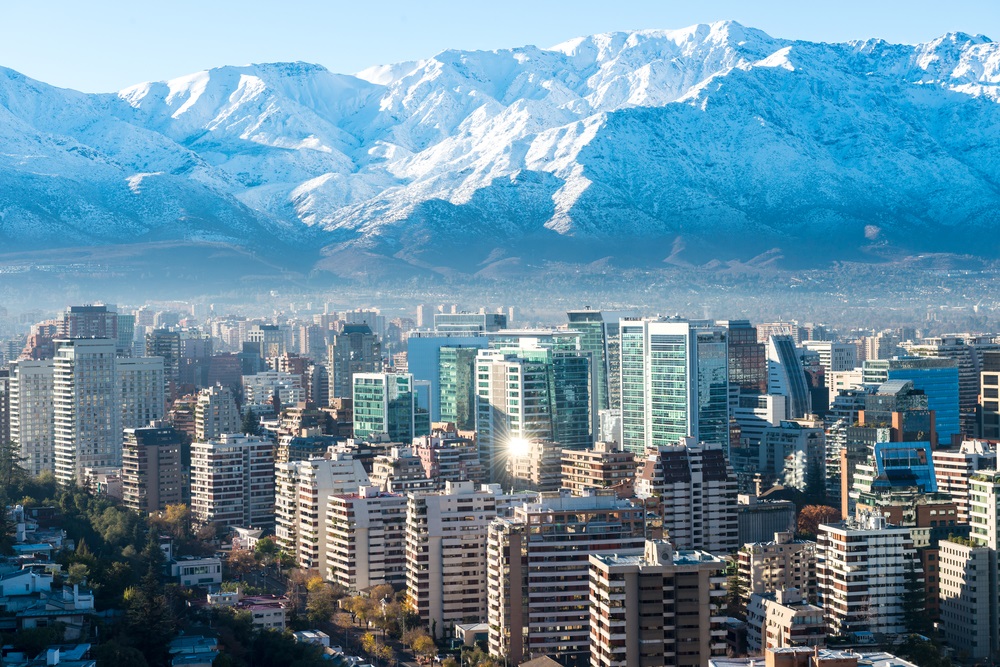
Being in the southern hemisphere, Chile feels the warmth from October to April and the cold from May to September. Its summer season reaches up to 30 C (85 F) in January, and can reach below 15 C (60 F) in June. Located in a semi-arid valley, travelers can expect to find dry summers and wet winters, with most of the rainfall appearing in June and July.
The best months to visit are March to May or September to November, Chile’s respective Falls and Springs. You’ll dodge the summer tourists and wet winters, meaning plenty of green days in and around the city. Fall ushers in the ever-popular grape festivals at the nearby wineries, and music lovers will also be happy to hear that Chile features its own Lollapalooza in March.
Expect to dress light in summer, heavier in the winter, and keep some layers on hand for fall and spring. Most people dress casually, but keep some fancy clothes on hand if you plan on visiting the nicer restaurants in the financial district.
Top Attractions in Santiago
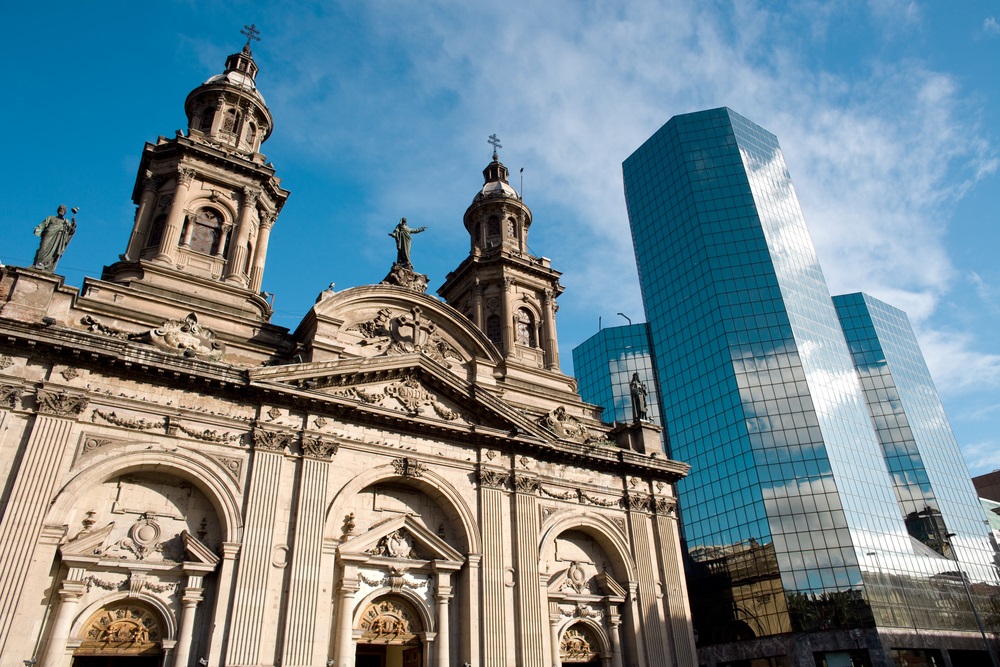
Despite the constant threat of earthquakes, Santiago has managed to maintain the historical buildings of its early colonial periods, including the Metropolitan Cathedral of Santiago and the La Moneda Presidential Palace. These colonial structures create a stark contrast with the city’s skyscrapers that tower over the horizon.
If you’re looking to take in the breadth of the city, head over to the San Cristobal Hill for a panoramic view of the city’s skyline. More than just a viewing area, San Cristobal also houses a finely sclupted statue of the Virgin Mary, the city’s largest park, Santiago Metropolitan Park; the Chilean National Zoo, and a small Japanese garden to relax in.
To break in your walking shoes, step on into the Plaza de Armas, home of the Cathedral, La Moneda, Municipal Theatre of Santiago, Chilean National History Museum, and National Library (one of the largest in South America). The city hosts a large collection of museums and libraries, many of which can be found in Quinta Normal Park. Writers will want to head over to Bella Vista to visit the former homes of the famous Chilean poet Pablo Neruda, which are now museums to his life and work.
Another popular area to walk around is Santa Lucia Hill, home to winding paths, gorgeous sculptures, lively markets, and relaxing park.
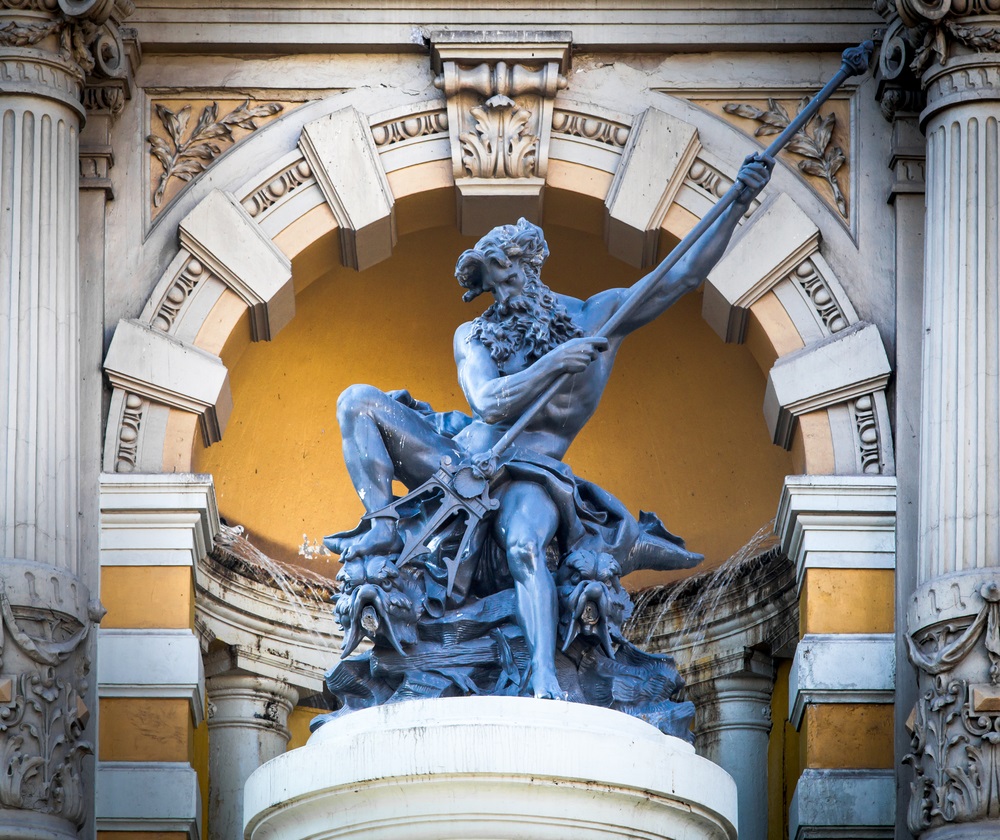
Sports fans shouldn’t miss the chance to catch a game at Estadio Monumental and, for horse racing fans, there is Club Hipico, the country’s oldest racing track. When the winter brings cold weather, the slopes of the Andes will be slick with snow for skiers and snowboarders.
Party animals should head over to Bella Vista for the city’s more select clubs like the salsa dance club Maestra Vida, the live music venue of Bar Loreto, and, for the LGBT+ community, Bunker is one of the most popular gay clubs in the city.
| Dollar | Chilean Peso (CLP) |
| Language | Spanish; English is growing due to international business |
| Cultural Etiquette | Greetings: Make eye contact, address individuals with their titles, and offer a firm handshake.Visiting a Home: Bring a gift! Arrive a little late, don’t drink until a toast has been made, keep your hands on the table, and eat everything on your plate (but don’t ask for seconds)Rude Gestures to Avoid: Hand gestures, pointing, hitting your left palm with your right fist, addressing someone with their first name (unless they tell you to), and discussing politics openly with new company.For more tips: Chilean Etiquette |
| Food | Fresh & Local; Beef and Seafood |
| Restaurant Etiquette | Casual wear is accepted, but formal wear is best.Restaurants close between 3:30PM and 9:00PM; Expect Late DinnersTips are generally 15-20%.Wait until your host shows you your seat before sitting down.Request your bill at the end of the meal. The staff won’t bring it until you do. |
| Safety Level | Relatively Safe; Pickpockets are common. Avoid parks at night and keep all your expensive jewelry and watches at home.World Nomads Chile Travel Tips |
| Getting Around | Comprehensive Metro System. Grab a rechargeable Bip card for frequent use.Santiago has a grid pattern, making it easy to explore the neighborhoods on foot. |
| Emergency Services | Ambulance: 131 Fire: 132 Police: 133 |
Ready to get Tours4fun travel deals & tips straight to your inbox? It’s Free! Follow the fun and sign up today!
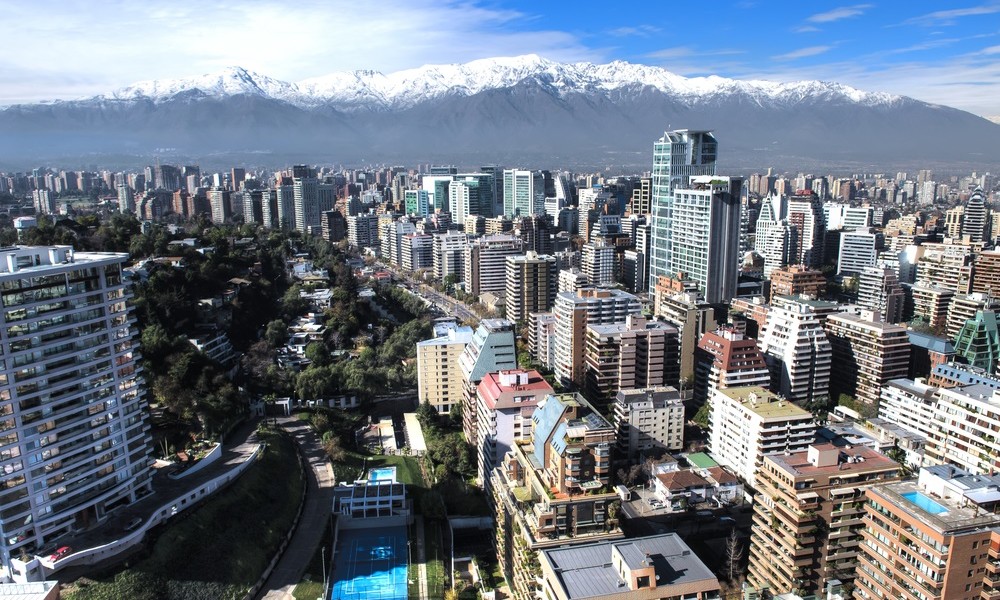
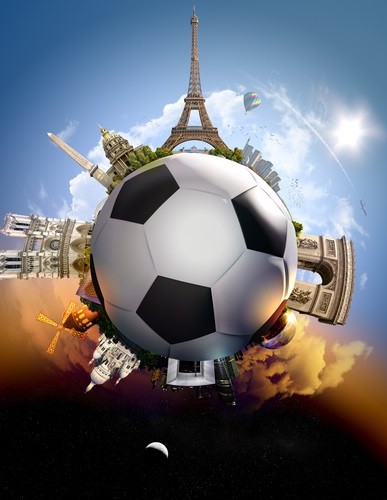




There are no comments.